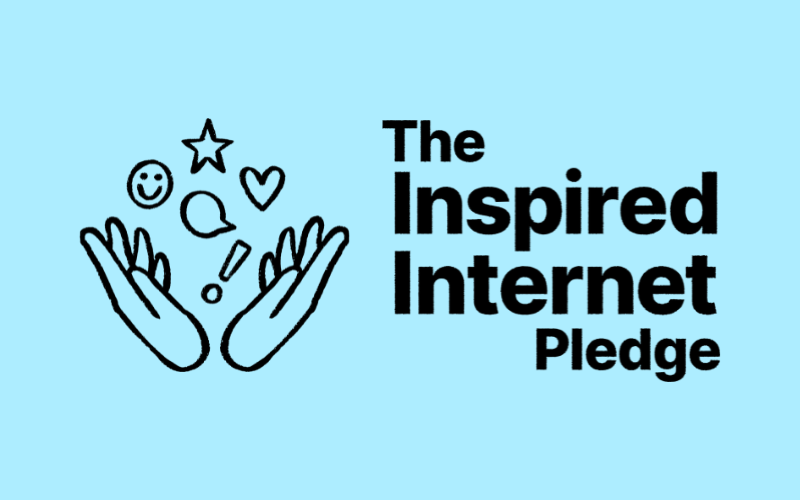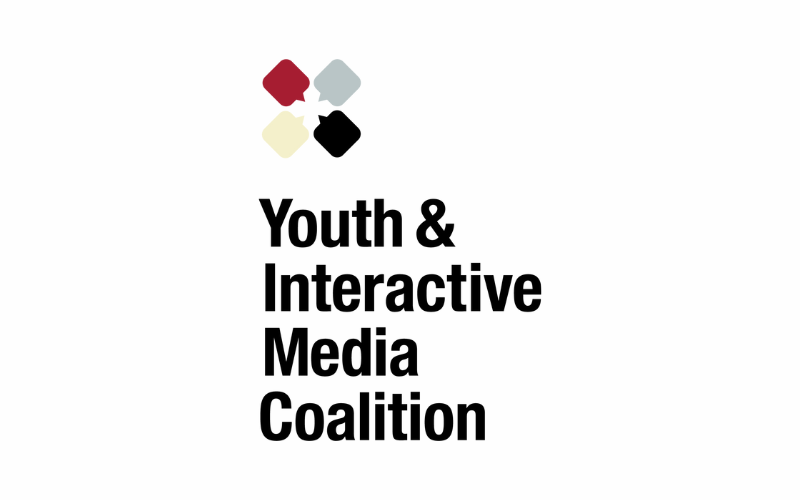Technology and digital media are powerful tools. And just as we wouldn’t hand a child a power tool without first teaching them how to use it, we should teach our kids how to use their devices in a positive, purposeful way that supports their physical, mental, and social-emotional health. To help you do this, we’ve created the 5 M’s of Digital Wellness — Model, Mentor, Monitor, Mastery, and Meaning — and some tips for applying them.
Model: Set a Good Example
What To Do
Set a good example of what healthy and responsible technology and digital media use looks like by being mindful of your own habits and consistently modeling the positive behaviors you want your child to follow.
In Action
- Create device-free zones: Putting devices away at mealtimes and in bedrooms fosters healthier habits and stronger family connections, encouraging face-to-face interactions, ensuring better sleep, and promoting mindfulness for everyone in the family.
- Promote respectful communication: Speak with kindness and respect online. Avoid posting content that may have embarrassing, hurtful, or harmful consequences for others now or in the future. And check the accuracy of information before re-sharing.
- Be mindful of sharing: Take caution when sharing information about yourself and your family online. Ask yourself why you’re sharing it and what you hope to gain from the exposure. Ask others, including your children, for permission to post about them on social media. If they ask for posts or images about them to be removed, respect their wishes.
Mentor: Advise and Guide
What To Do
Teach your child to use technology and digital media in a healthy, purposeful, and responsible way by creating space for open and non-judgmental conversations about what they see and do — and who they interact with — online.
In Action
- Introduce early digital awareness: Even if your child is too young for cell phones and social media, start talking about privacy, respect for self and others, and safety online. Share how you make decisions and choose to engage in the digital sphere and what makes you feel good and, on the flip side, bad, online.
- Promote safe media use: Work with your child to use their favorite digital media safely. Have them show you how to set up privacy settings, how to block or report someone, and how to recognize the difference between what is real and what is mis- or disinformation.
- Maintain open communication: Create an ongoing dialogue with your child about online activities. Don’t wait until they are “in trouble” to have conversations about what they see and do online. You can share something about your experiences and ask about theirs.
- Recognize online threats: Discuss how to identify “tricky people” online and what to do if they are being contacted by someone with bad intentions. These could include people who may ask them to keep a secret that could be harmful to them or others, request private or personal details, share uncomfortable comments, ask them to lie, or threaten them.
- Identify trusted adults: Talk about who in your family’s circle is a trusted adult who your child can turn to for help or guidance, especially when they are uncomfortable speaking to their parent or guardian.
Monitor: Create Agreements & Enforce Consistently
What To Do
To establish healthy boundaries and make it easier to help your child manage their technology and digital media use, work with them to develop “shared media use agreements” that optimally support your child’s success at every age and stage. Customizing your approach to fit your child’s unique needs and motivations (whether its gold stars, post-it notes, a contract, or praise and encouragement) will lead to the best outcomes — healthy and balanced media use for your child, and less frustration and worry for you.
In Action
- Require login access: For minors, make giving you login access a condition for setting up social media and gaming accounts. Discuss what you will use that access for and even log in together regularly.
- Set expectations together: Involve your child in setting expectations, boundaries, and rules for family media and technology use. Make clear that you are the decision-maker but their input is valued, even if the decisions don’t always go their way.
- Update and enforce agreements regularly: Create “agreements” and engage with your child to update them when their circumstances change, such as when your child grows older and demonstrates greater proficiency with healthy media use. Also adjust when school gives way to summer break, when they lack the structure provided by school, homework, and other activities. Observe behaviors and enforce agreements consistently.
- Connect on social media: “Friend” your child on their interactive media accounts. This allows you to see what they are posting but it also allows them to see what you are posting online, enabling you to indirectly model positive, healthy behaviors.
- Seek professional help: If you believe your child is experiencing challenges related to their digital media use, take action by consulting with your pediatrician or a mental health professional.
Mastery: Empower Agency and Independence
What To Do
To enable your child to achieve agency and independence, prioritize helping them to take control of their technology and digital media use, rather than instituting mandates or bans. And assist them in learning how to recover from mistakes by not judging, catastrophizing, or shaming.
In Action
- Understand their preferences: Discuss with your child how they prefer to spend their free time and what they want to get out of their time spent online. Support their planning for how they will spend their time online and off.
- Create safety strategies: Develop a game plan together about what your child will do when they see or experience unsafe or concerning behaviors and content online. Consider what types of content they may encounter, how they will identify it, and what they can do when/if they see these types of content.
- Emphasize privacy protection: Talk about why it’s important to protect individual privacy and data online, and how your child can protect their own personal information when creating online accounts and engaging with digital platforms and apps.
- Build executive functioning skills: Support your child in developing their executive functioning skills — planning ahead, self-regulation and self-control, and ability to focus. Help them to practice these skills when they are offline and when they are engaging online.
Meaning: Encourage Authentic, Intentional, Balanced Use
What To Do
Interactive media is an integral part of all of our daily lives, including kids. So, instead of thinking about your child’s screen use in terms of time limits, strict rules, or bans, we recommend encouraging your child to use technology and digital media in an authentic, intentional, and balanced way.
In Action
- Encourage Educational Content: Guide your child towards using screens for educational purposes, such as learning apps, documentaries, and educational games that promote critical thinking and creativity.
- Promote Active Use: Encourage activities that require interaction and creativity, like coding, digital art, or video creation, rather than passive consumption of content.
- Foster Social Connections: Encourage your child to use screens to maintain and build relationships through video calls, online study groups, and collaborative projects, rather than just for solitary activities.
- Balance Screen Time with Physical Activity: Integrate screen use with physical activities, such as using fitness apps, online dance classes, or interactive games that require movement.
We believe that by following the science, we can create an empathetic and respectful world in which our kids can grow up healthy, smart, and kind. The 5 M’s of Digital Wellness can be applied from the moment a child picks up their first device – and it’s never too late to start!
If your child’s use of media or technology is having a negative effect on their academic outcomes, mental or physical health, or relationships, contact your pediatrician, a mental health professional, or the Clinic for Interactive Media and Internet Disorders at Boston Children’s Hospital for support.







